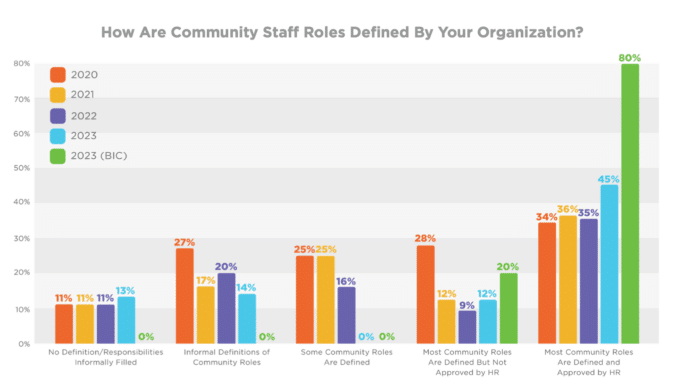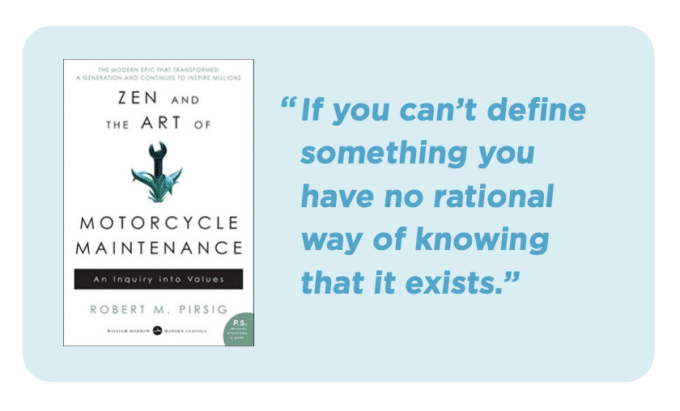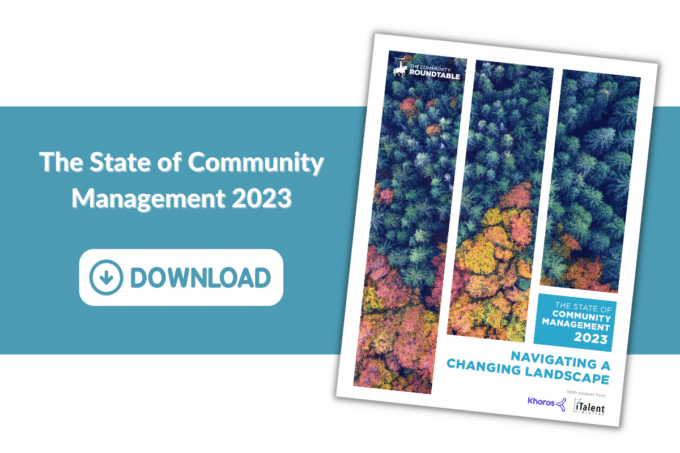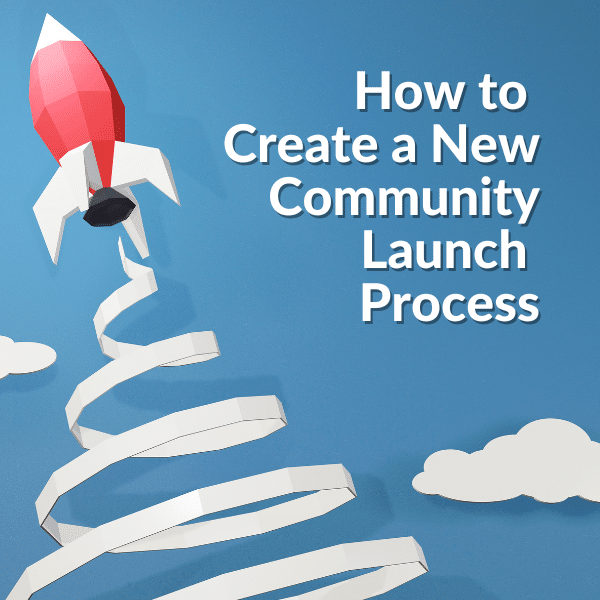Community is an always-evolving field. Explore three trends on community management in 2023 with this detailed look at how community professionals self-report on their program.
Our research shows that community teams are not immune to the global economic slowdown and staffing cuts seen in 2023, with a significant uptick in the number of 2023 respondents indicating the size of their community management staff has decreased and a similar drop in the number of people indicating their team size has increased. Even best-in-class communities were impacted in a similar way, indicating to us that this is an issue that’s systemic and not specifically tied to community initiatives. While it’s not time to sound the alarm yet, we do encourage you to follow our guidance to become a best-in-class community program as we expect this will make you more immune to negative staffing consequences.
Community Management Trend #1 – Best in Class Communities are Defining Their Roles

We were stunned to see that in this year’s best- in-class sample a full 80% of respondents have defined most community roles AND approved them with HR, while 43% of the overall sample have only defined “some roles,” informally defined roles, or have no roles defined at all. The path to normalizing and operationalizing your community program is with definition and there’s no better place to start than with your team roles.
“If you can’t define something you have no rational way of knowing that it exists.”

In “Zen and the Art of Motorcycle Maintenance” author Robert Pirsig suggests that “if you can’t define something you have no rational way of knowing that it exists.” We encourage you to take this to heart and strive to provide definition wherever possible in your community program. A good place to start is defining the roles on the community team. If you’re an overachiever, get them approved by human resources (HR).
Even with properly defined roles there are challenges in building a community program. This year’s respondents were consistent with prior years in some areas and reported interesting changes in others.
Community Management Trend #2 – Lack of Resources Hinders Community Teams’ Impact
“Not enough resources” continues to be a top concern (25%), even for best-in-class programs (27%). This may be because more and more teams are being asked to provide services to other areas of the organization. It takes time (and resources) to build out these services in a scalable way. Alternatively, many organizations are trying to “do more with less” and this may just be a common response regardless of the business area.
“Measured by the wrong metrics” saw a dramatic increase in this year’s overall responses (25% vs 5% in 2021 and 2022). Contrast this with our best- in-class sample (3%) and we’re left to wonder if communities without a clear, approved strategy are unable to articulate how they should be measured? More evidence that building toward a best-in-class program is in every community program’s best interests.
Another interesting response is “lack of executive understanding” which was reported at a similar rate as in past years (11% vs. 8% in 2021 and 9% in 2022), BUT barely registered with the best-in- class sample (3%). If you’re beginning to hear a steady drumbeat, we have one more data point for you.
Whenwewerefinalizingthesurveythisyearwe realized that previous versions didn’t include the option for respondents to select “no challenges” and we thought this might result in an interesting finding. Sometimes this report could write itself and this is one of those cases. Best-in-class communities are FOUR TIMES more likely to report “no challenges” than the survey average.
Community Management Trend #3 – Community Teams Never Stop Learning
Getting up to speed on community management best practices and staying abreast of new trends and approaches is critical to keeping your community program (and team) engaged and evolving. Best-in-class programs provide community training to a broad range of organizational roles more often than the survey average. But the rate at which they provide training, often through a year round resource like TheCR Network, is clearly a difference maker (90% vs 52% for the survey average).
Internal evangelism is an often hidden item on a community manager’s to-do list and leveraging training resources from The Community Roundtable (or others) is a great way to bring constituents up to speed and speaking the language of community without occupying too much of your time.
Download the State of Community Management 2023 to learn more about how you can leverage communities as effective behavior change-makers at your orgs.




